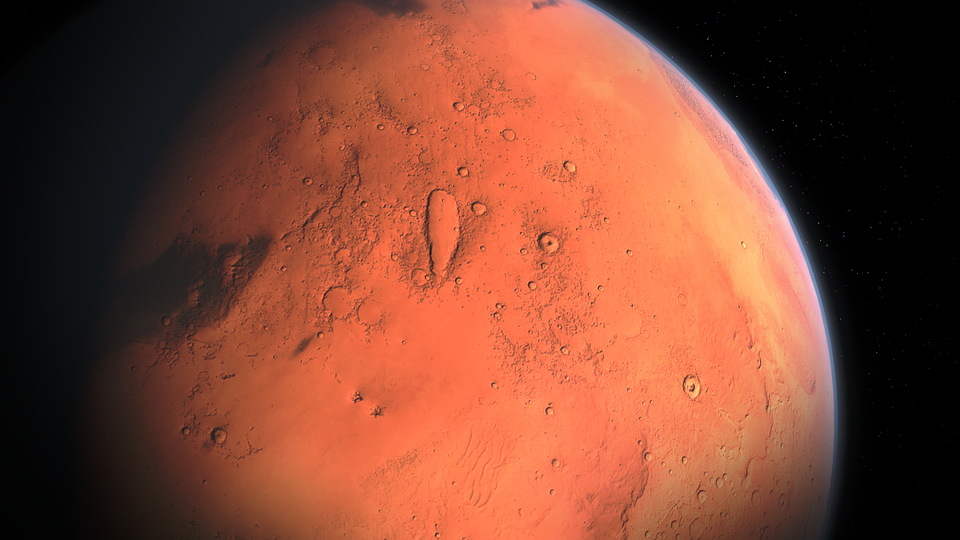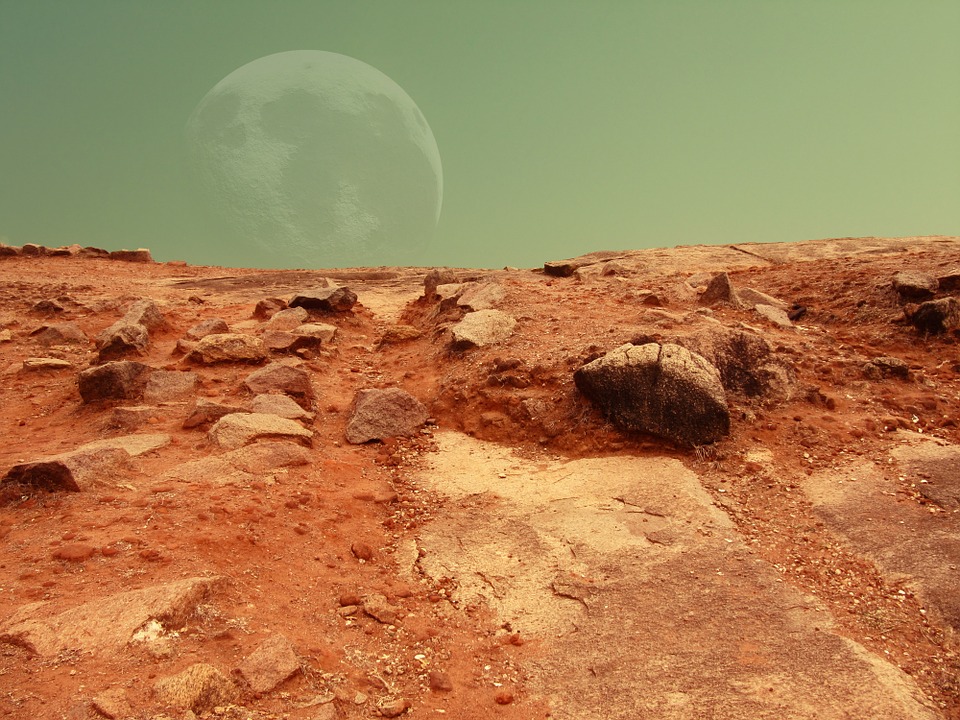By Nicole DiGiose, content editor

Engineers at NASA’s Langley Research Center are developing a concept for UAVS and drones that would allow them to get up close and personal with Mars. Image source: Pixabay.
We’re already aware that drone technology has found its way into various applications from cellphone coverage and tracking warehouse inventory to delivering packages and even aiding in incinerating a holiday turkey . What’s likely the most impressive task to be attempted by drone would be using one to explore other planets. Fortunately, engineers at NASA’s Langley Research Center are developing a concept for unmanned aerial vehicles (UAVS) and drones that would allow them to get up close and personal with Mars. What’s more, the team is beginning to test the UAVs in the Arctic.
Earlier this fall, the Mars Institute, the SETI Institute, and FYBR Solutions announced a partnership with the NASA Haughton-Mars Project (HMP) for the research and development of UAVs, drones, and applications for deeper exploration of the Red Planet. Centered on the Haughton meteorite impact crater site and surrounding terrain on Devon Island in the Canadian Arctic, the HMP is an international Mars analog field research project that has made many contributions to the exploration of our neighboring planet.

Mars has a thin atmosphere, but flight is possible, including with rotorcraft . Image source: Pixabay.
“We’ve been investigating the use of robotic aircraft for Mars exploration on the HMP since 1998,” Dr. Pascal Lee, planetary scientist with the Mars Institute and the SETI Institute and director of the NASA HMP at NASA Ames Research Center, told Aero-News . “This new partnership with FYBR will expand our investigation of the wide range of technologies and applications for UAVs on Mars.”
According to Lee, Mars has a thin atmosphere with an average surface pressure of 10 millibars, which is equivalent to that found in Earth’s stratosphere at an altitude of 100,000 feet, but flight is possible, including with rotorcraft. NASA’s Jet Propulsion Laboratory is considering a robotic helicopter scout system for NASA’s Mars 2020 mission, and NASA’s Langley Research Center is developing a Mars Electric Reusable Flyer .
“Rotorcraft are a great way to explore Mars,” said Lee , who co-authored early NASA research studies on Mars rotorcraft and is an FAA-certified helicopter flight instructor and drone pilot. “On the HMP, we’re putting drones through practical field tests of the many applications we envision for them on Mars.”
When it comes to UAVs on Mars, they may be used as robotic explorers, similar to robotic rovers today. The difference is that they’ll be able to cover greater ranges and will have fewer terrain obstacles to tackle. In relation to human and other robotic exploration, drones could serve as scouts, context imagers, aerial mappers, remote sensors, search-and-rescue assistants, cave and lava tube explorers, crater and canyon surveyors, habitat and vehicle inspectors, aseptic samplers, sample catchers and retrievers, and other dangerous tasks.
Overall, it’s hoped that the drones and UAVs will become a key part of future exploration efforts.
Advertisement
Learn more about Electronic Products Magazine





